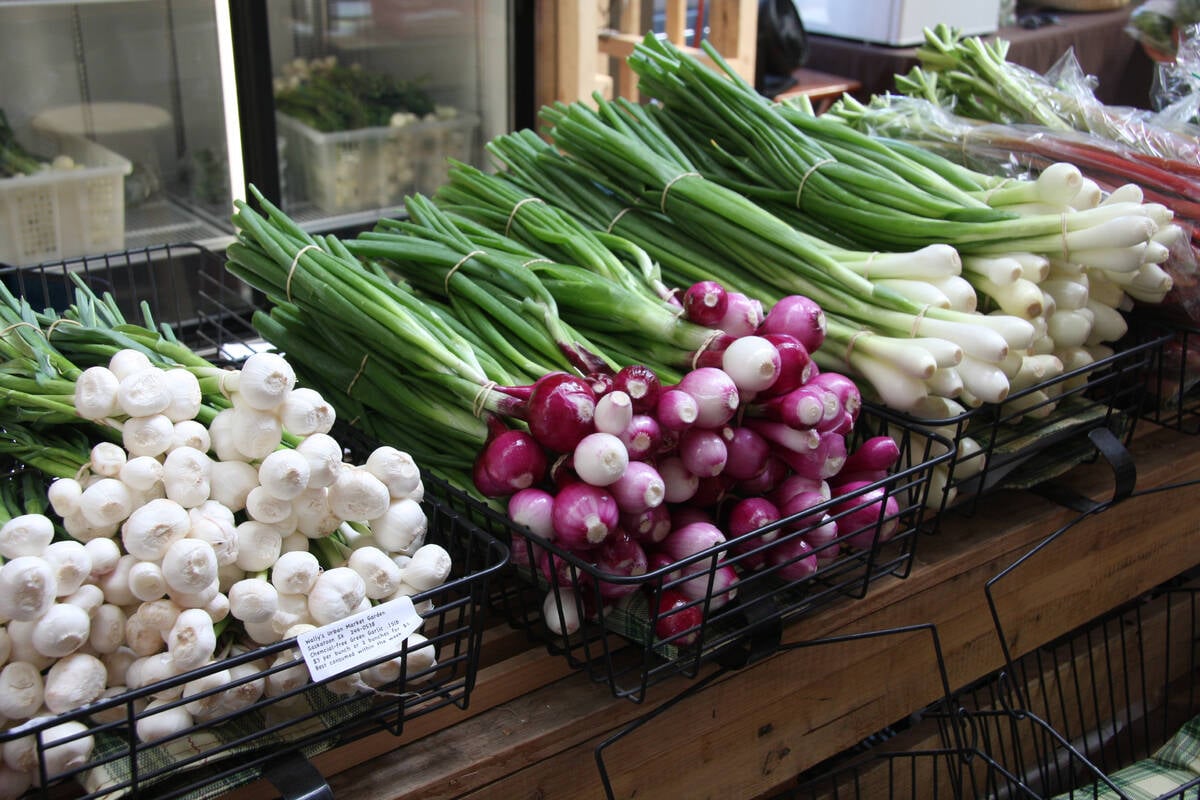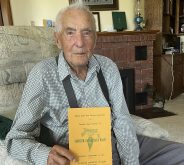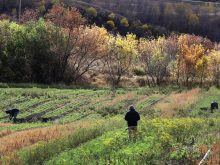Violet McNaughton was so unsure of her abilities when first asked to join The Western Producer in 1926 that she refused a salary and instead offered her new employers a list of magazines she would like as compensation.
After further negotiation, she eventually accepted the full-time position
for a monthly wage of $120.
There she remained as women’s editor for the next 25 years, waging a battle for enhanced rights and quality of life for women. She signed her columns, “yours for better conditions.”
A practical sort, she kept her hair tied into a bun, wore durable, soft-soled shoes and pinned paper to her sleeves to protect them from the inky sheets she waded through each day, said former editor Keith Dryden in a 1993 Western Producer article.
Read Also

Starting a small business comes with legal considerations
This article sets out some of the legal considerations to start a business to sell home-grown product, such as vegetables, herbs, fruit or honey.
“She carried on extensive correspondence with women on farms, giving advice and listening to the outpourings of the lonely wives of settlers,” he wrote.
“Through her pages, she campaigned for peace, for better service to rural homes, for establishing co-operative poultry and dairy pools to help farm families, for unity among farm groups, for help for the physically disadvantaged and for strengthening the social network in farm communities.”
Born in England in 1879 as Violet Jackson, she immigrated to Canada in 1909 and later married John McNaughton, a Scottish immigrant homesteader at Harris, Sask.
The “pony pair,” as described by Alberta author Grant MacEwan, were barely five feet tall but both were towering figures in the Saskatchewan Grain Growers Association.
Violet served as president of the women’s section and later became president of the Interprovincial Council for Farm Women.
Her influence was felt in other areas too, including the Women’s War Conference, the Progressive Party and the development of women’s organizations on the Prairies.
For her work, she received the Order of the British Empire, an honourary doctor of laws degree from the University of Saskatchewan and an induction into the Saskatchewan Agricultural Hall of Fame.
Historian Georgina Taylor described her as the big little woman in the farm movement.
“The most influential farm woman in Canada, McNaughton was the leading architect of a farm women’s movement that continues to this day,” wrote Taylor in a Saskatoon StarPhoenix article in 1992.
“Agrarian feminists espoused the equality of women with men, worked to improve the lives of farm women and their families and strove to make the world a better place,” she said.
In 1911, after an emergency hysterectomy and two-month convalescence in
Saskatoon, McNaughton returned to the farm vowing to improve health
care for rural residents.
Her work led to the creation of municipal doctors and union hospital programs in Saskatchewan, a precursor to Medicare.
McNaughton also railed against the hate propaganda of the First World War that turned people against the enemy overseas but also against their new immigrant neighbours in Canada. As vice-president of the Canadian Council on Immigration of Women and Children, she worked to establish hostels for females coming to Canada under assisted settlement programs.
Longtime Producer columnist Emmie Oddie admired the woman who was a friend
of her mother, Emma Ducie, and a colleague of her sister, Rose Jardine.
“She knew what she was about,” Oddie said. “She was not backward in coming forward and a dynamite of a little person,” she said.
“She was admired by people for her ability to write well and write in a form people understood.”
McNaughton was aware of the plight of rural women, having experienced life in a prairie homestead first hand.
Well into her retirement years, McNaughton continued to stay connected, writing her column Jottings Along the Way while she and John split their time between Vancouver Island and Saskatchewan.
Staying true to a life lived humbly and frugally and offended by the high cost of dying, she asked for a simple funeral at the end of her days.
Instead, the Women’s Press Club interred her with a flourish in 1968 and ensured her accomplishments were recognized and her papers preserved for future generations.














